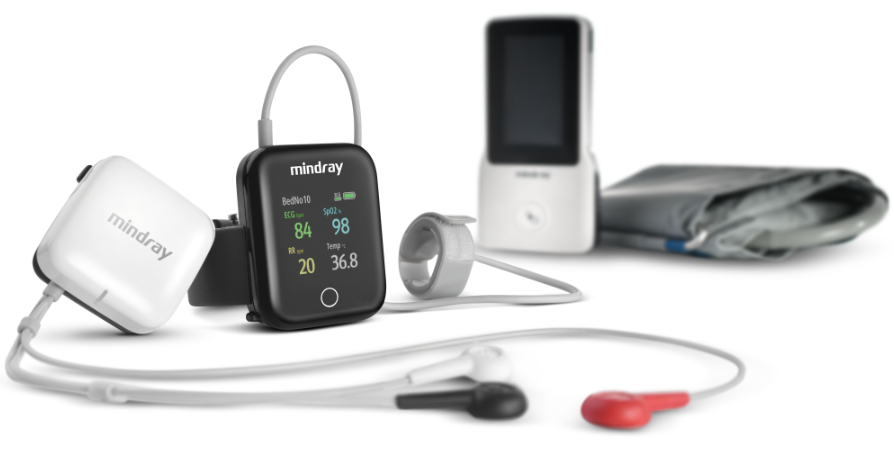
Patient safety is the non-negotiable cornerstone of any clinical trial, but it becomes especially critical in Phase I and II studies, where novel interventions carry unknown risks. A robust safety framework not only protects participants but also builds credibility with regulators and the scientific community
Core Safety Practices
- Comprehensive Informed Consent:
- Clearly outline potential risks, benefits, and trial logistics in lay terms.
- Allow sufficient time and resources (e.g., teach-back methods) for participants to ask questions.
- Rigorous Eligibility Screening:
- Use detailed medical history reviews, laboratory evaluations, and imaging as needed to minimize enrollment of at-risk individuals.
- Exclude participants with comorbidities that could confound safety assessments.
- Continuous Monitoring & Rapid Reporting:
- Implement electronic data capture (EDC) systems with real-time adverse event (AE) logging.
- Ensure hotline or on-call medical oversight for urgent AE management.
- Independent Safety Oversight:
- Convene a Data Safety Monitoring Board (DSMB) for blinded safety data reviews.
- Predefine stopping rules (e.g., specific AE frequency or severity thresholds) to pause the trial if needed.
Enhancing Transparency and Trust
- Regular Participant Updates: Send brief newsletters or portal messages about trial progress and aggregate safety findings.
- Public Trial Registries: Register study details on ClinicalTrials.gov or other registries, disclosing primary safety endpoints.
- Post-Trial Follow-Up: Conduct long-term safety surveillance for late-onset effects, maintaining engagement through periodic check-ins.
Benefits of a Strong Safety Culture
- Facilitates smoother regulatory reviews and faster approvals.
- Builds patient and community trust, which aids recruitment in current and future studies.
- Protects the sponsor’s reputation and reduces the risk of costly trial halts or legal challenges.